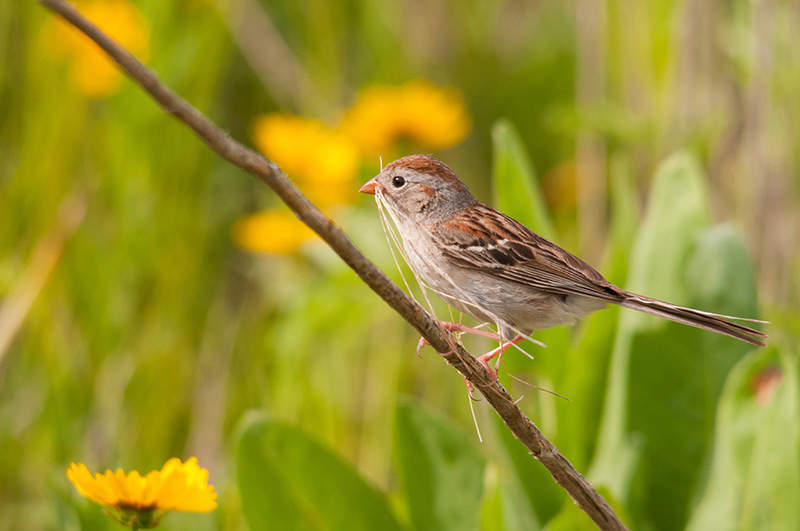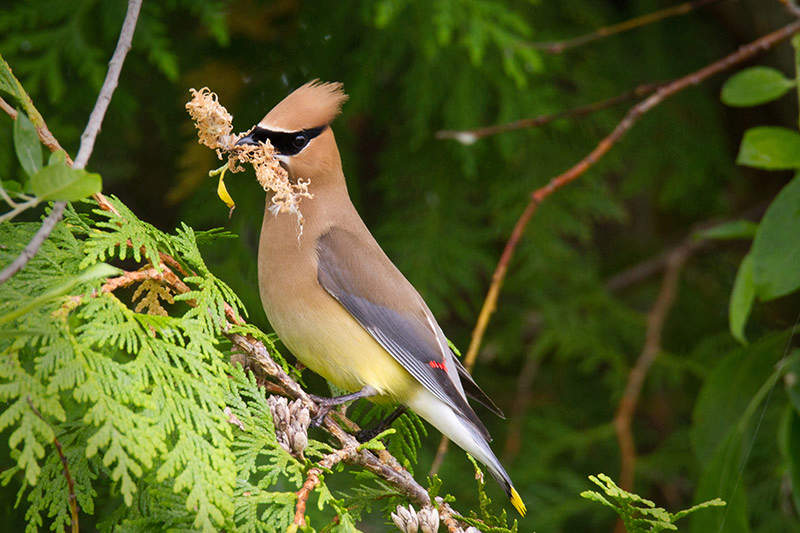Commercial and Home Made Nesting Materials
Would you like to help your backyard birds during the nesting season? Woodpeckers and owls lay their eggs and raise their young in bird boxes or tree cavities without building a nest. Killdeer and some other birds lay their eggs on the ground without building any nest at all.
Most birds, including chickadees and wrens that nest in birdhouses, nests for their homes. Making sure they have building supplies may entice some birds that wouldn’t otherwise consider our yards for nesting, and will make nesting easier for many others.

Tiny birds, especially hummingbirds, need a nest that stretches as their tiny babies grow, so they use a lot of spider silk. That’s something we can’t purchase in stores, but we can make our yard safer and more inviting for spiders by not harming them, and not using insecticides that kill both spiders and the insects they feed on.
If you have an area on your house where cobwebs gather, in a reasonably secluded area where you don’t need to be concerned about it being an eyesore, consider leaving the spiders in peace. Remembering that spiders eat large numbers of insect pests may help your resolve.
In spring when you start gardening projects, take your time removing dead fibrous weeds—many birds search for supple and sturdy fibers for nests. Twine and sturdy natural fibers and yarns can make excellent building materials. It’s best to offer it in lengths of 4–6 inches or less, to reduce the risk of the birds or their young becoming entangled. Choose subdued, natural colors. White and bright colors can attract attention to the nest.

Many birds line their nests with fur from rabbits, deer, raccoons, and other mammals. They may pluck this from live animals that don’t mind and from dead animals. Birds also pick up clumps of fur wherever they chance upon them. If you have a pet dog or cat that you brush, save the fur clumps and put them outside in a clean suet cage or wedged into the bark of trees.





